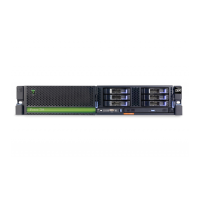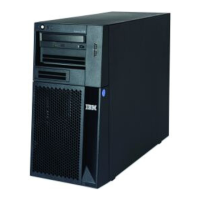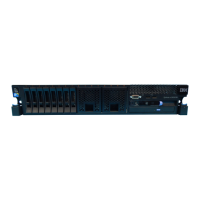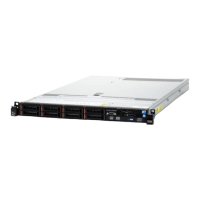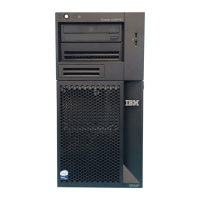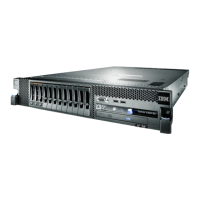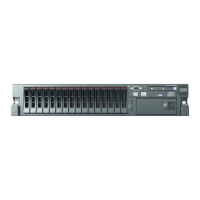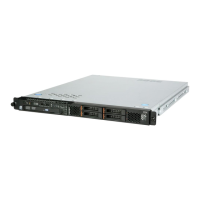Operating System/400 (5722-SS1) 461
Operating System/400 (5722-SS1)
Data Replication
Provides automatic data replication facilities in distributed DATABASE 2 family environments.
Local shadow copies of a master database are automatically updated at specified intervals.
System-wide Database Catalog
Allows applications to query information concerning all objects on a system using a single
system catalog, instead of requiring separate catalog accesses for each SQL collection.
Multiple-level Concurrency Control
Provides read stability, cursor stability, uncommitted read, repeatable read, and no commit
isolation levels with row-level locking to support large numbers of users in complex
application scenarios.
High Performance Database Server (Centralized and Distributed Server)
The high performance iSeries Advanced Server and improvements in communication
performance combine to strengthen the position of the iSeries server as a high performance
database server. In addition, DB2 UDB for iSeries offers enhanced performance for both
centralized and distributed client/server database access, making the iSeries the database
server of choice for many computing needs. The following DB2 UDB for iSeries functions are
available to enhance application performance.
• Advanced SQL optimizer
Converts SQL requests into optimally efficient database access methods using proven
mathematical rules as well as query specific cost estimates. Optimal performance is
maintained over time by the automatic rebind feature, which redetermines access
methods based upon changes to the database objects and statistics.
• SQL Encoded Vector Indexes (EVIs)
This new type of index can be created through SQL and may improve query performance
– especially for long-running queries against large files using many selection criteria. An
EVI has several advantages over a traditional index with the same keys:
– Precise statistics about the distribution of key values are automatically maintained
and can be accessed much more quickly by the query optimizer than traditional
indexes.
– EVIs can be built much faster and take significantly less storage than traditional
indexes. Less storage means less main storage is necessary to run the query.
– The query optimizer can scan EVIs and dynamically build bit maps much more quickly
than from traditional indexes.
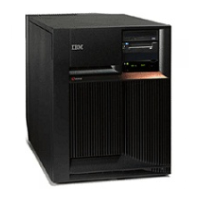
